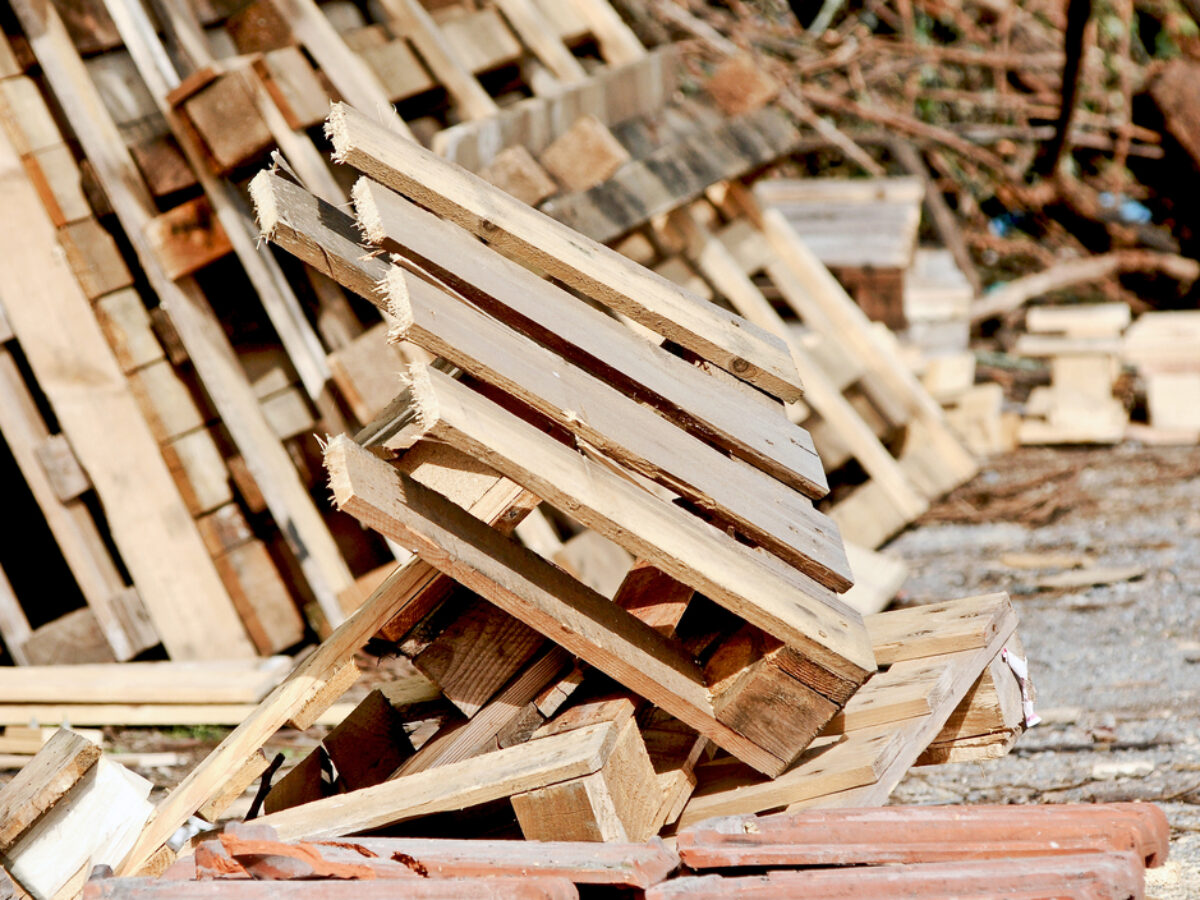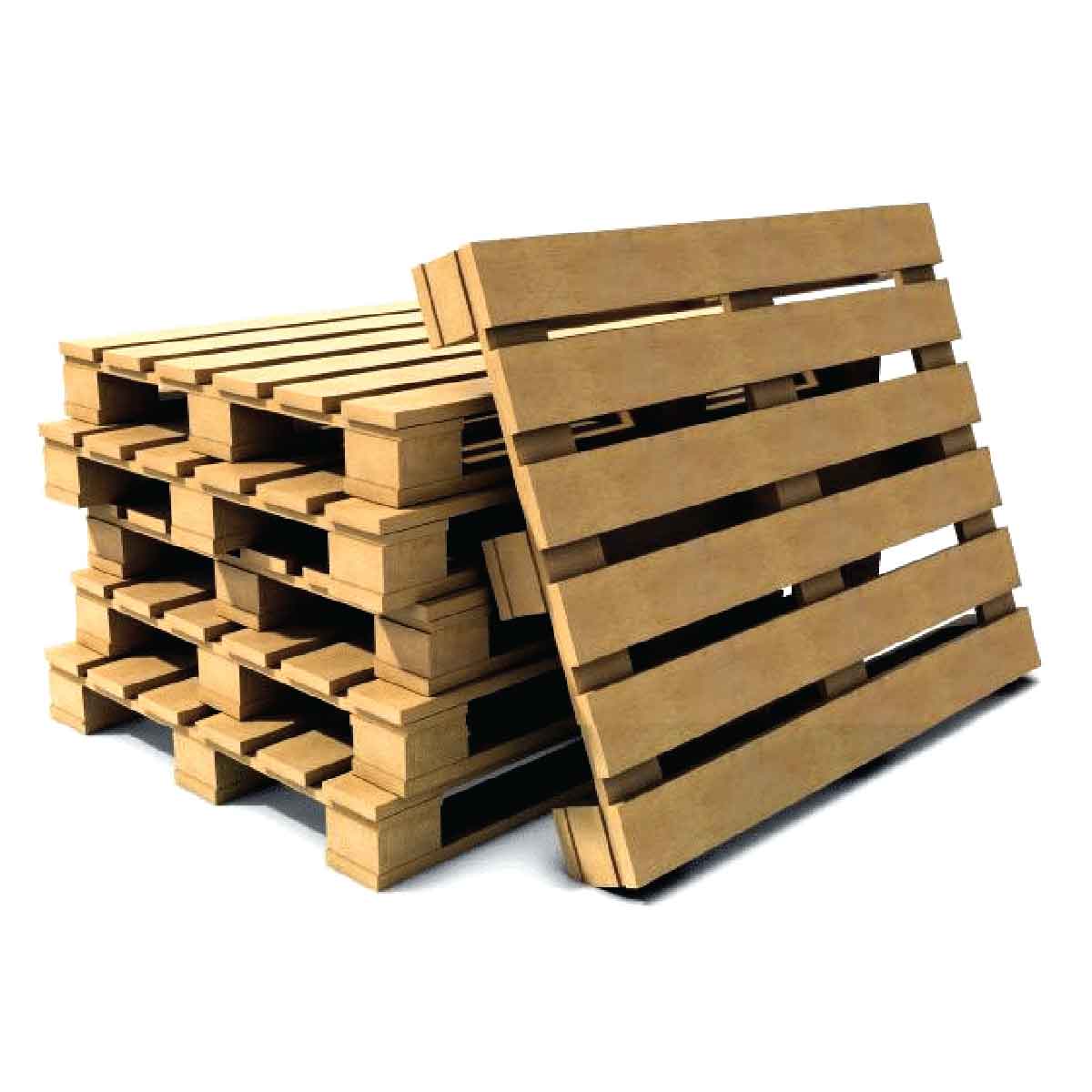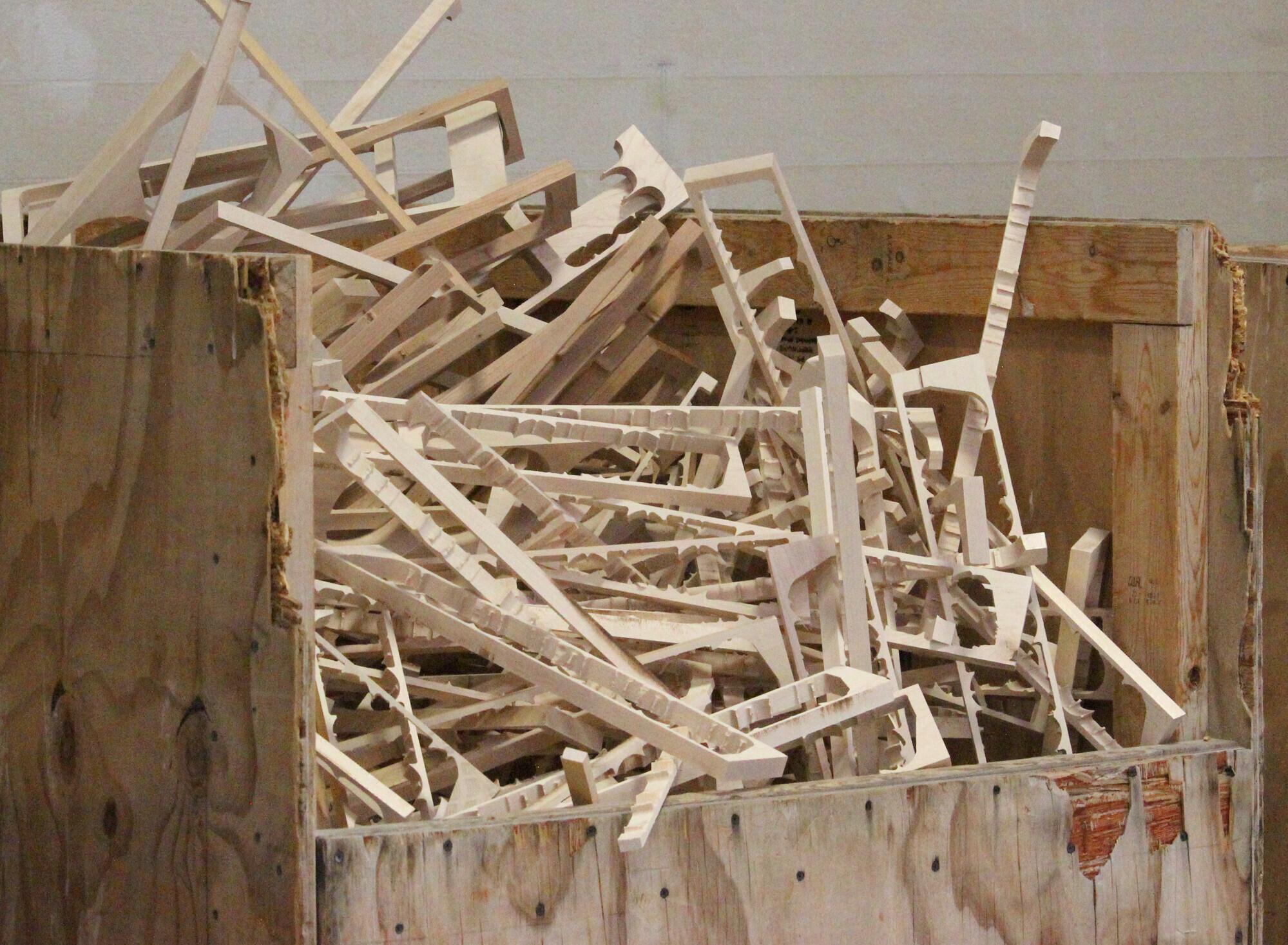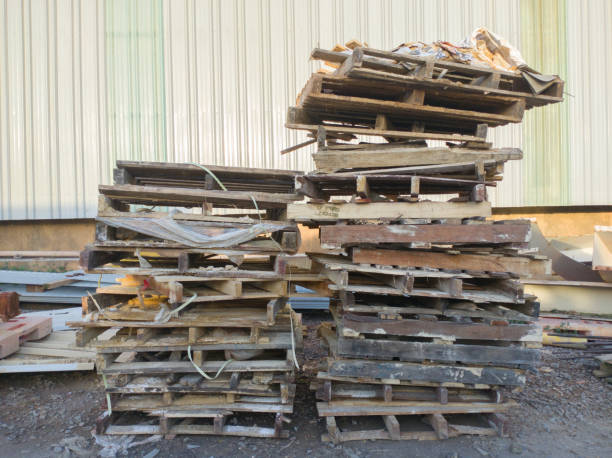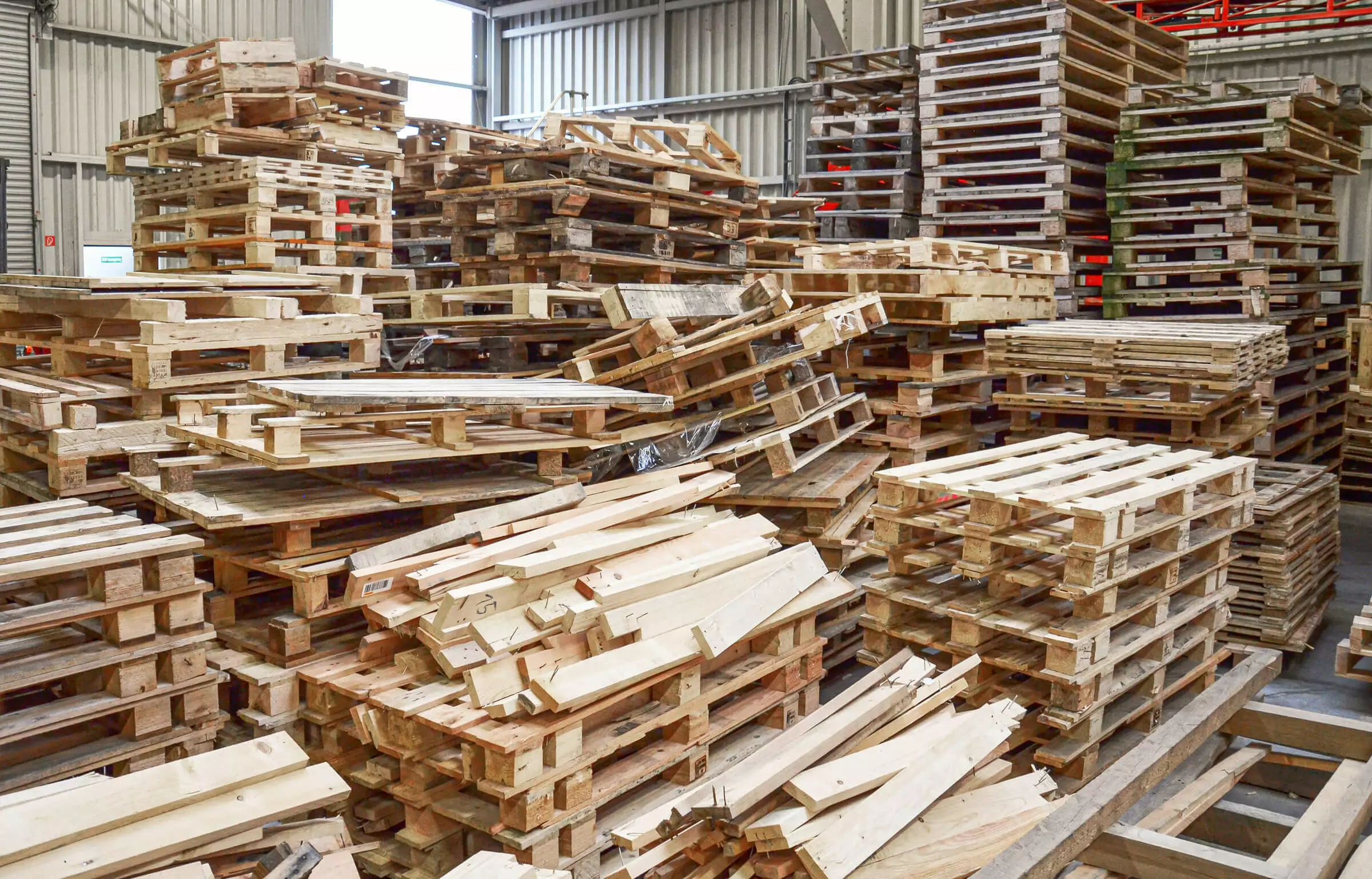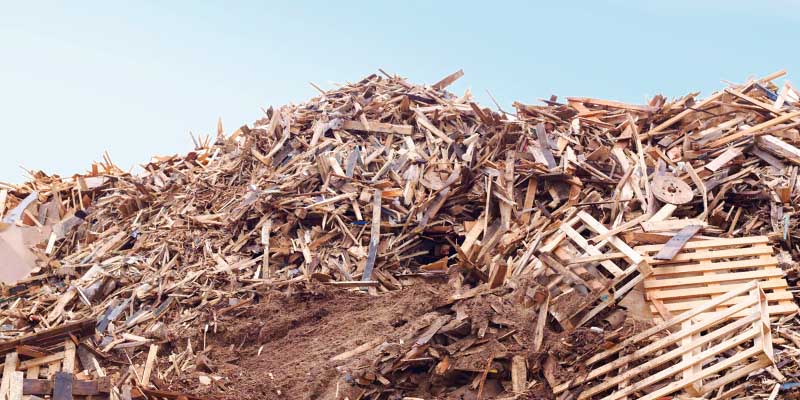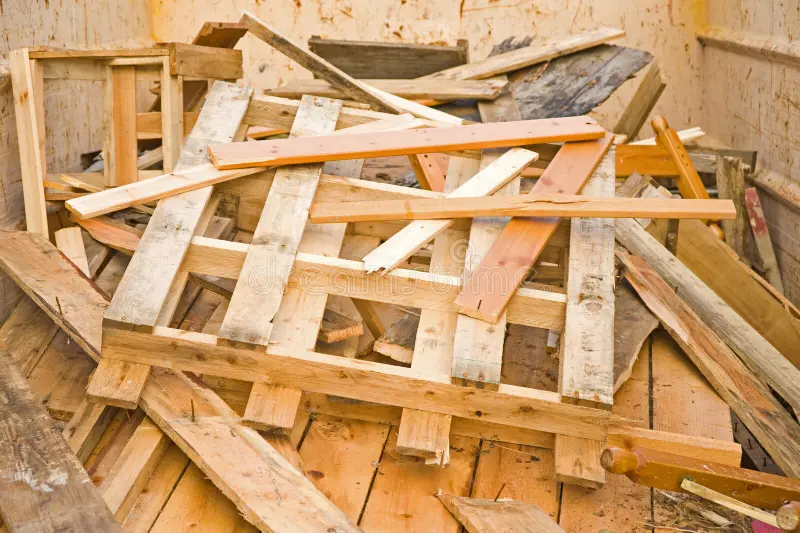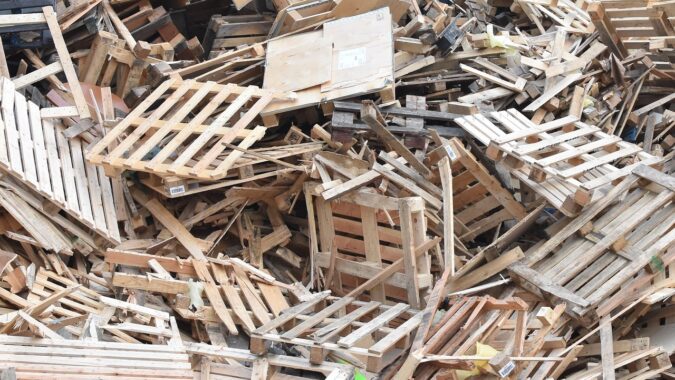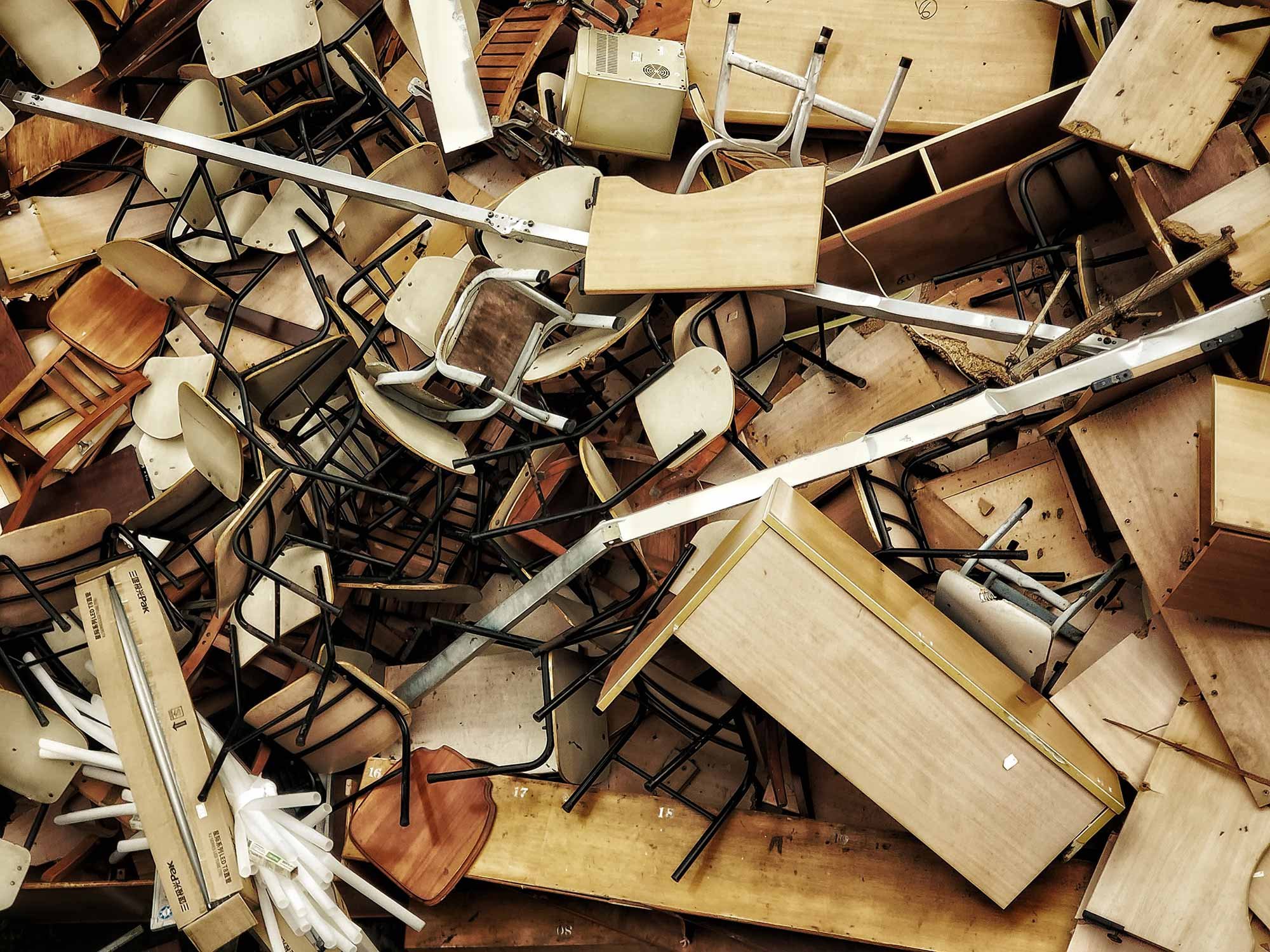Description
Wood scrap, often generated from various sources such as pallets, discarded furniture, and construction leftovers, represents a significant resource in the context of sustainability and recycling. Rather than being relegated to landfills, this surplus material can be repurposed into a myriad of innovative applications. Pallets, for instance, are commonly used for shipping and storage but can be transformed into stylish furniture pieces or garden planters with a bit of creativity and woodworking skill. This not only reduces waste but also promotes a circular economy where resources are continually reused.
Furniture scraps, which may include pieces from broken chairs, tables, or cabinetry, can also be revitalized through upcycling. Skilled artisans and DIY enthusiasts alike have found value in salvaging these materials, giving them new life as unique home decor items or functional pieces. For instance, old wooden table legs can become stunning lamps, while the surfaces of worn-out dressers can be crafted into beautiful wall art. Such endeavors not only showcase the beauty of reclaimed wood but also minimize the demand for new timber, thereby contributing to forest conservation efforts.
Moreover, the environmental implications of utilizing wood scrap are profound. By diverting these materials from landfills, we reduce methane emissions associated with waste decomposition while conserving the energy and resources required to produce new wood products. The practice of turning wood scrap into usable items fosters a sense of responsibility towards the ecosystem, reminding us of the importance of mindful consumption. In this way, wood scrap serves not only as a material of potential but also as a symbol of a more sustainable lifestyle, where creativity meets environmental consciousness.

